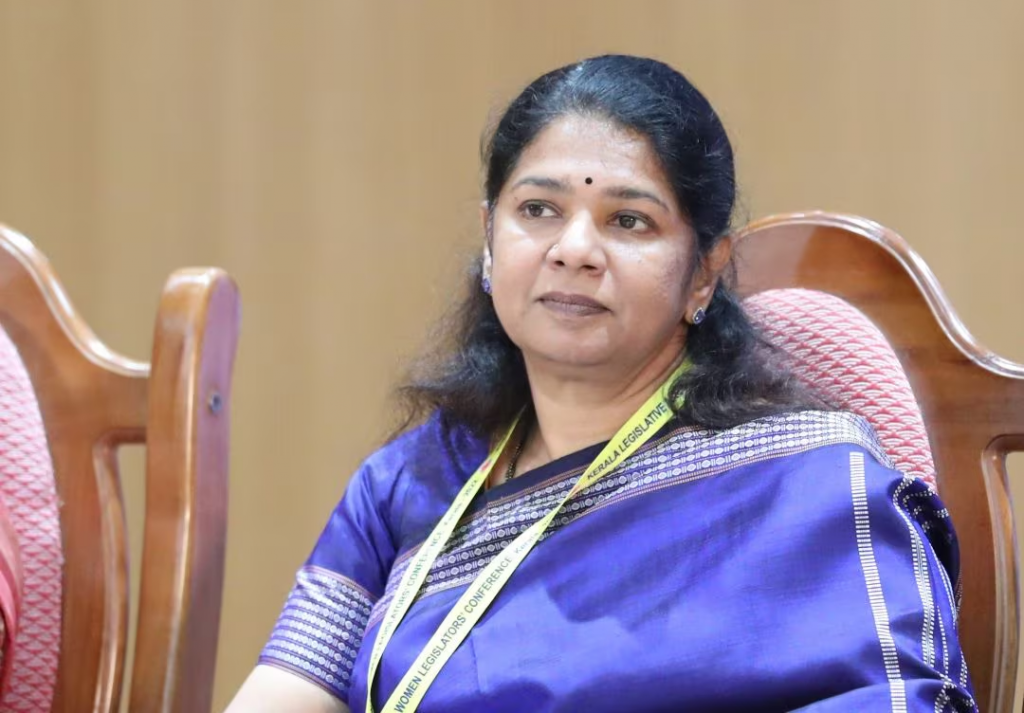New Delhi: DMK MP Kanimozhi criticized Union Finance Minister Nirmala Sitharaman for her speech during the Lok Sabha debate on the Union Budget, claiming it was politically driven and did not adequately address significant concerns raised by MPs. She stated, “I don’t think it was a genuine response to the discussion in Parliament because numerous relevant questions were posed. Instead, the Finance Minister seemed to be targeting specific state governments, making it very political, and did not address many of the issues brought up.”
Similarly, Samajwadi Party chief Akhilesh Yadav accused the government of failing to allocate funds for the Maha Kumbh, an event occurring after 144 years. Revolutionary Socialist Party MP NK Premachandran described Sitharaman’s response as “totally disappointing,” asserting that many raised issues went unanswered and contending that her remarks regarding state allocations were factually incorrect. He pointed out that while finance commissions award 41 percent of divisible pool to states, they are only receiving 33 percent, resulting in a decline.
Prior to this, Finance Minister Nirmala Sitharaman defended the government’s capital budget allocations, stating that nearly all borrowed resources would be allocated to effective capital expenditure. In her reply to the extensive debate on the 2025-26 Budget, she highlighted that effective capital expenditure is estimated at Rs 15.48 lakh crore, up from Rs 13.18 lakh crore in the revised estimates for 2024-25. She noted that the effective capital expenditure for 2025-26 represents 4.3 percent of GDP, compared to a fiscal deficit target of 4.4 percent.
Capital expenditure (capex) is essential for establishing long-term fixed assets. Sitharaman explained that effective capital expenditure encompasses core capital outlays and grants-in-aid to states for creating capital assets. While such grants are classified as revenue expenditure in the budget, they contribute to capital asset development in states. She emphasized that the distinction between the two is minimal, asserting that almost all borrowed resources would be used for financing effective capital expenditure. “The borrowings are dedicated solely to creating capital assets, with approximately 99 percent allocated for this purpose in the upcoming financial year of 2025-26,” she stated.
